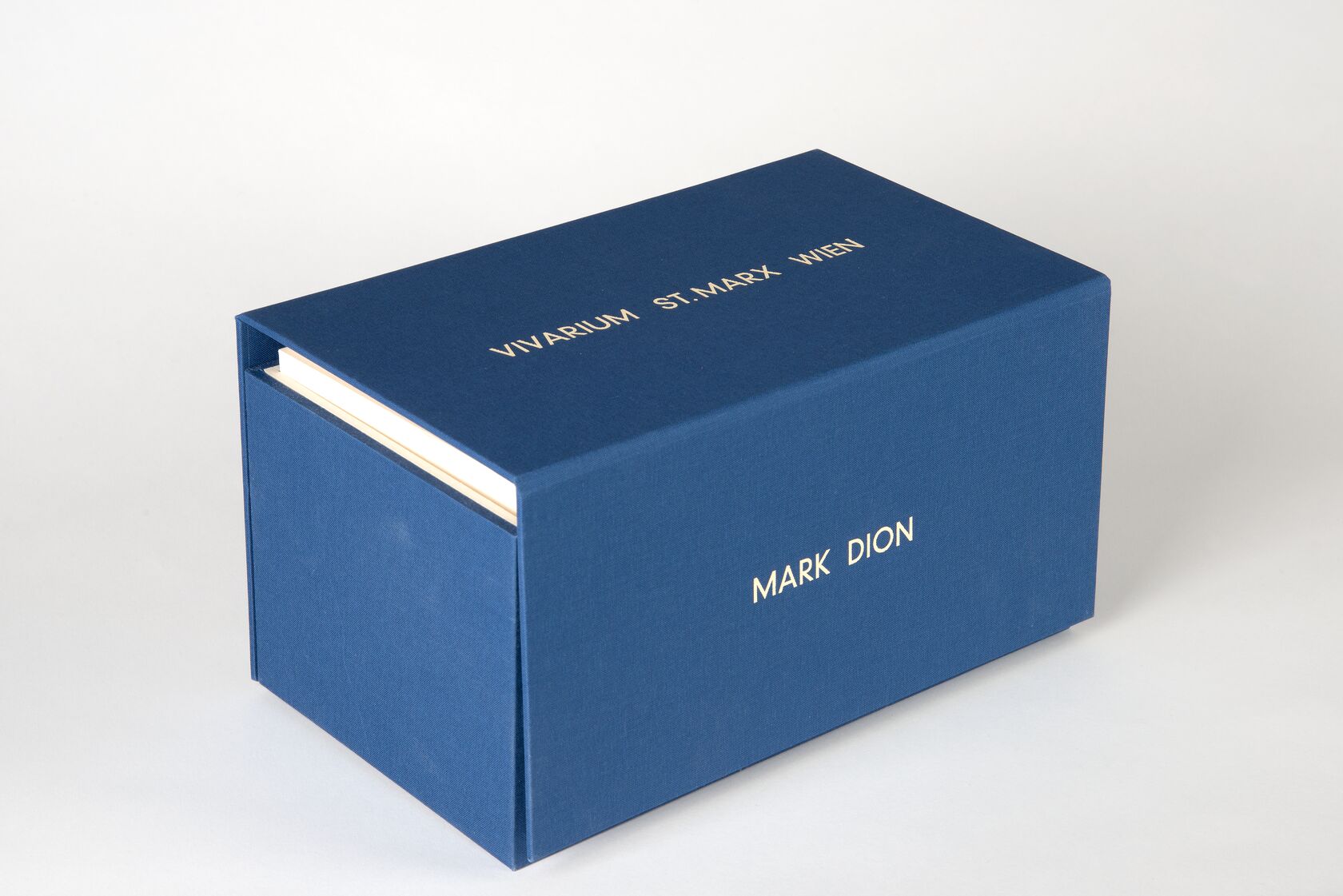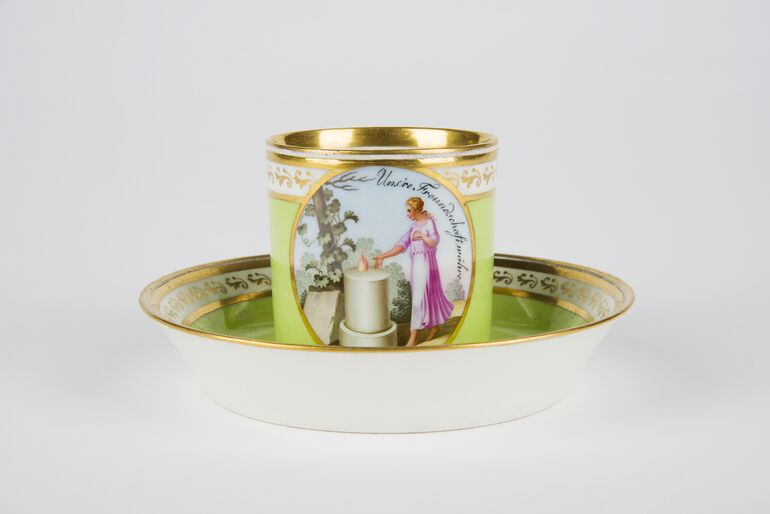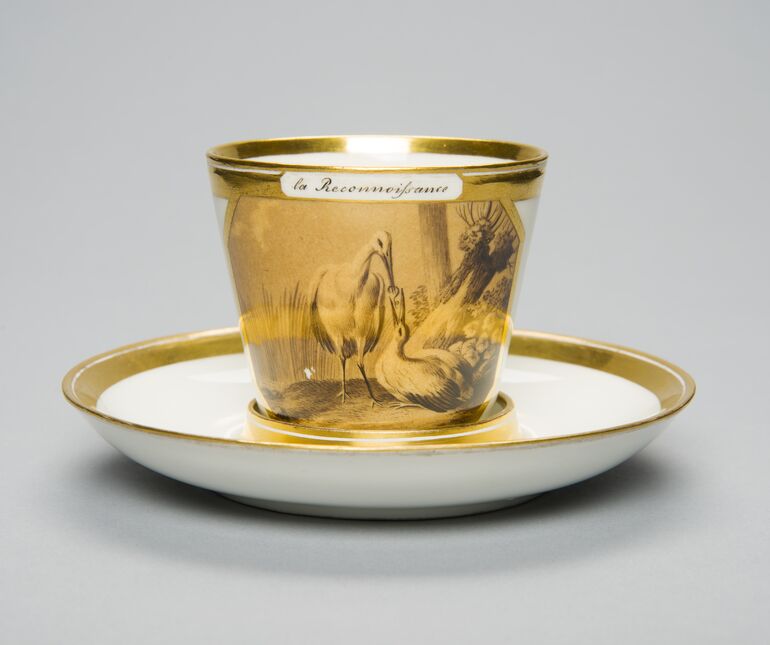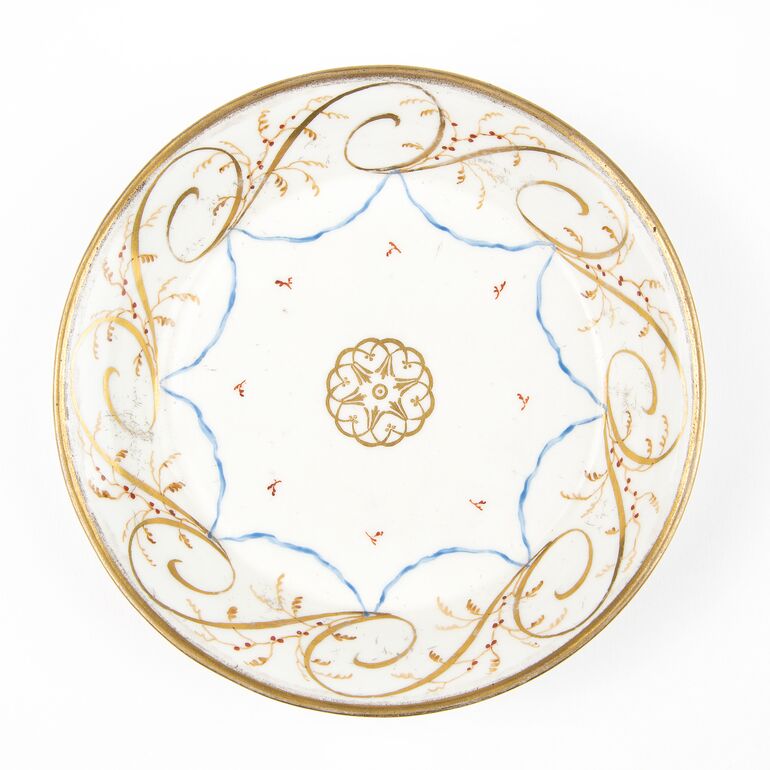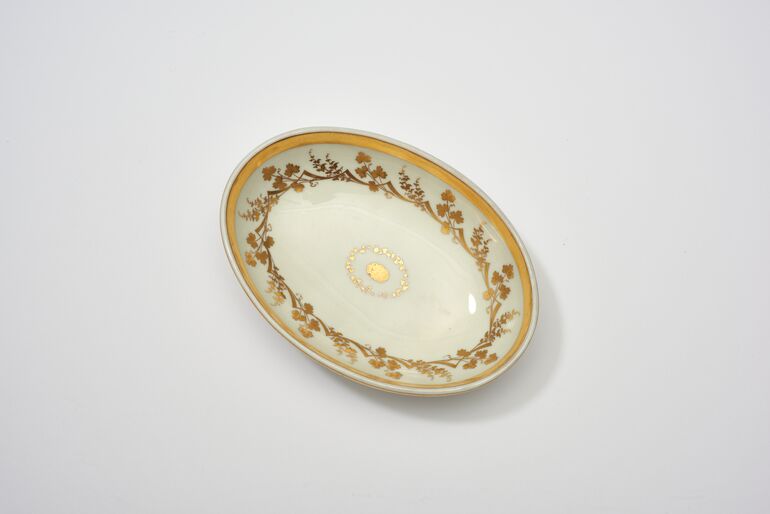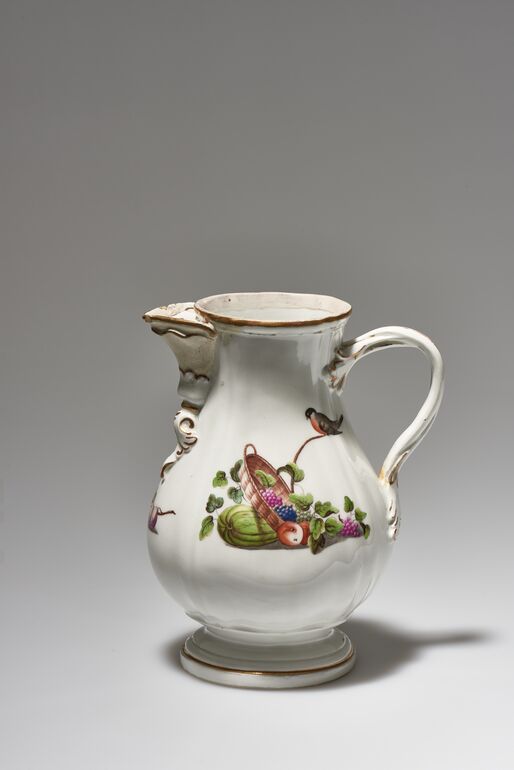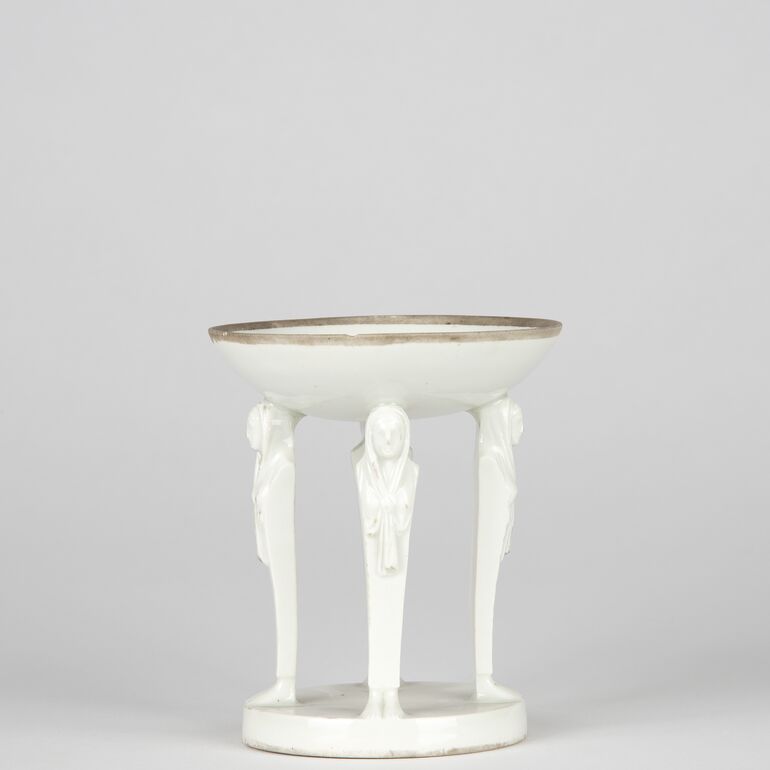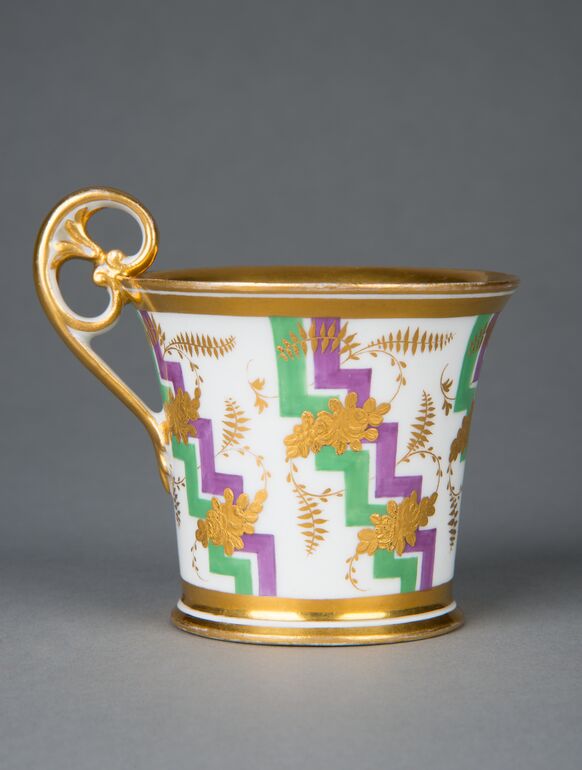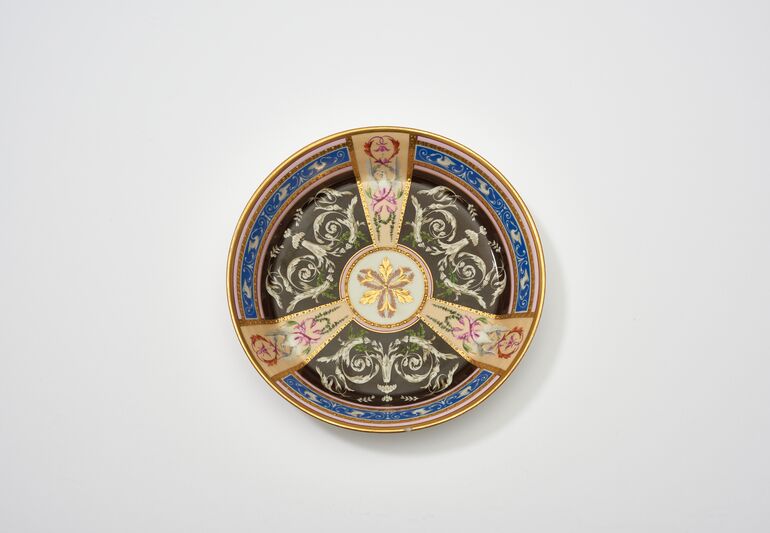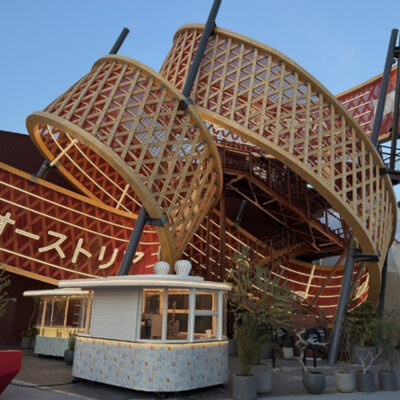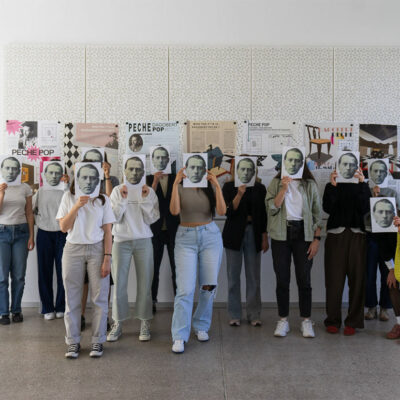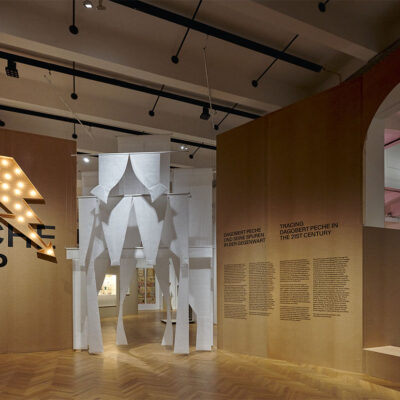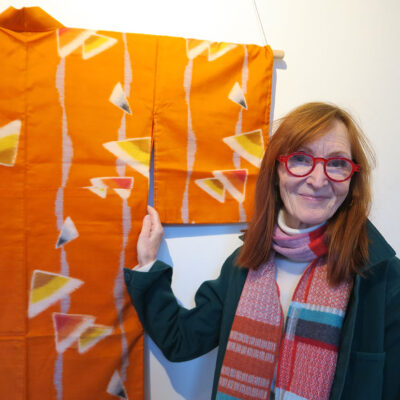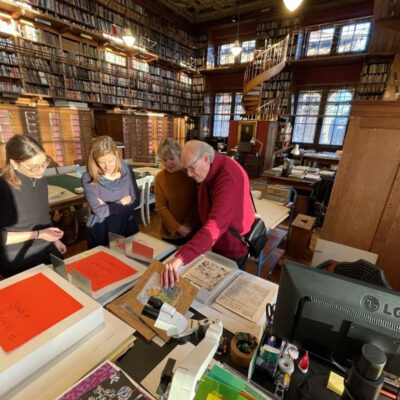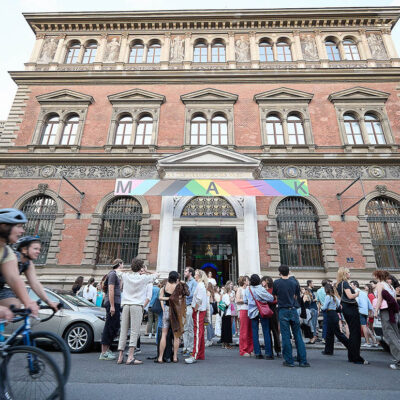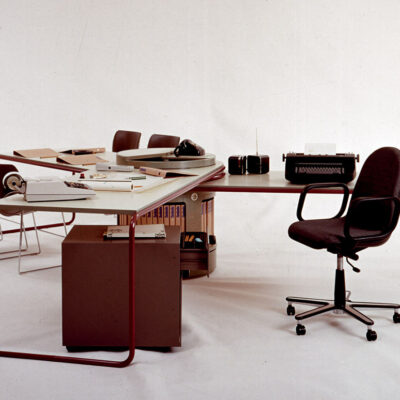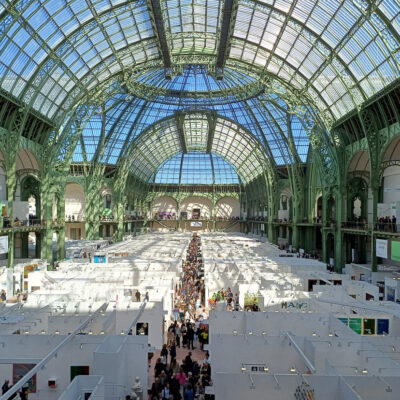1/4
題名
- Vivarium St. Marx, Vienna tiles, 2021
Collection
Production
- デザイン: Mark Dion, 2021
材料 | 手法
Measurements
- Länge: 14.9 センチ
- 横幅: 14.9 センチ
- Tiefe: 1 センチ
- Gewicht: 350 g
作品番号
- KE 11877-1
Acquisition
- purchase , 2021-08-24
Department
- Glass and Ceramics Collection
Associated Objects
- tile, Vivarium St. Marx, Vienna tiles, 2021
- tile, Vivarium St. Marx, Vienna tiles, 2021
- tile, Vivarium St. Marx, Vienna tiles, 2021
- tile, Vivarium St. Marx, Vienna tiles, 2021
- tile, Vivarium St. Marx, Vienna tiles, 2021
- tile, Vivarium St. Marx, Vienna tiles, 2021
- tile, Vivarium St. Marx, Vienna tiles, 2021
- tile, Vivarium St. Marx, Vienna tiles, 2021
Inscriptions
- stamp (reverse side) : MADE IN U.E., 1 23 4
Description
- Nr. 01 wood louse, Set of 18 screenprinted ceramic tiles, handmade box, book-binding linen, numbered, signed Edition / Salon für Kunstbuch in cooperation with Fiona Liewehr
- Der amerikanische Künstler Mark Dion beschäftigt sich mit Natur und ihrer Repräsentation als kulturelle Konstruktion. Das Vivarium St. Marx ist ein hybrides Werk aus Skulptur und Architektur, das Biologie und Land- schaftsplanung, Kunst und Naturwissenschaft verbindet. Im Foyer des Biologiezentrums der Universität Wien ruht in einem in sich geschlossenen Ökosystem eines Gewächshauses ein aus dem Baugrund des Gebäudes entfernter Baumstamm. Zugleich tot und lebendig schafft er aufgrund seiner Verwesung eine neue Lebensgrundlage für Pilze, Flechten, Bakterien und kleine Insekten. Die Abbildungen der imaginierten Bewohner zieren die weißen Fliesen der Sockelzone. Es entsteht eine lebendige, sich täglich verändernde Skulptur, die durch den fortwährenden Prozess von Zerfall und Erneuerung die Natur als ein komplexes System von Zyklen und Prozessen repräsentiert. Zugleich erinnert Mark Dion mit seinem Vivarium St. Marx an die Geschichte einer der bedeutendsten biologischen Forschungseinrichtungen der Welt. Anlässlich der Wiener Weltausstellung 1938 wurde das Vivarium als öffentlich zugängliches Schauaquarium im Prater errichtet und wurde um 1900 zu einer weltweit führenden Versuchsanstalt für experimentelle Biologie. Mit dem Anschluss an Nazi Deutschland 1938 wurden die Leiter und Gründer des Instituts ihres Amtes enthoben, verfolgt und teilweise ermordet. 1945 brannte das Neorenaissancegebäude ab und wurde abgerissen Das Vivarium St. Marx schafft eine Verbindung von Innen- und Außen, erinnert an die Vergangenheit und Gegenwart naturwissenschaftlicher Forschung und daran, dass der Vorgang, mit denen wir uns natürliche Prozesse erklärbar machen, selbst ökonomischen und gesellschafts- politischen Ideologien unterworfen sind.
- Mark Dion is an American artist whose work explores the natural world and the representation of nature as a cultural construct. His Vivarium St. Marx is both sculpture and architecture, a hybrid work that brings together biology and landscape design, art and the naturale sciences. In the foyer of the University of Vienna' s Biology Center, a tree, originally taken from the building site during the construction of the Biologiezentrum, now lies in the self-contained ecosystem of a glass cabinet. At once dead and alive, the decaying tree trunk provides a habitat for fungi, lichens, bacteria and small insects. The images of the imagined inhabitants decorate the white tiles of the base zone. Its ongoing state of decomposition and renewal represents nature as a complex system of cycles and processes, creating a living sculpture that changes daily. At the same time, Mark Dion' s Vivarium St. Marx recalls the history of one of the world' s most important biological research institutions. On the occasion of the Vienna World' s Fair in 1873, the Vivarium was built in the Prater as a show aquarium open to the public. Around 1900 it had become one of the world' s leading testing facilities for experimental biology. With the annexation of Austria by Nazi Germany in 1938, the directors and founders of the institute were deprived of their office, presecuted, and some murdered. In 1945, this Neo-Renaissance building burned down and was demolished. The Vivarium St. Marx creates a connection between inside and outside and remindes us of the past and present of scientific research, of the fact that the process by which we make natural processes explainable is itself subject to economic and socio-political ideologies.
-
tile, Vivarium St. Marx, Vienna tiles, 2021, Mark Dion, MAK Inv.nr. KE 11877-1
-
https://sammlung.mak.at/ja/collect/vivarium-st-marx-vienna-tiles-2021_389717
Last update
- 15.06.2025



